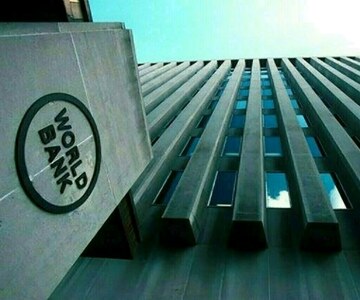World Bank Expresses Concern Over Debt Transparency
The World Bank voiced apprehensions on Thursday regarding the diminishing transparency of public debt in certain nations. They are also worried about the employment of intricate borrowing methods, which obscures the true extent of their financial obligations.
To address this issue, the World Bank advocated for a comprehensive overhaul in the procedures used by both debtor and creditor nations for reporting and revealing debt information.
The concerns are primarily focused on low-income countries that are progressively utilizing borrowing arrangements deemed non-transparent by the World Bank.
These arrangements encompass private placements, which are non-public funding rounds, central bank swaps, and collateralized transactions, as detailed in the bank’s report on debt transparency.
While the percentage of low-income countries that publish some debt data has increased from below 60% to over 75% since 2020, only 25% disclose loan-level details for new debt, according to the report.
Furthermore, countries are increasingly relying on local investors for debt, but are failing to disclose figures related to these loans.
According to Axel van Trotsenburg, the World Bank’s Senior Managing Director, recent instances of unreported debt have underscored the detrimental cycle that a lack of transparency can initiate.
For example, in Senegal, an independent administrative court acting as an auditor reported in February that the national debt had surged to 99.67% of the GDP. This figure is a quarter higher than the previous government’s reported amount.
An IMF delegation that visited Senegal this past March indicated that authorities had presented inaccurate information regarding budget deficits and national debt between 2019 and 2023.



Comments (0)
No comments yet. Be the first to comment!
Leave a Comment